Glass for buildings
Contents |
[edit] Introduction
Glass is a material made from liquid sand. It is the name given to any amorphous (non-crystalline) solid that displays a glass transition near its melting point which is around 1,700°C (3,090°F). This means that materials transform from a hard and brittle state into a molten state, or vice versa depending on whether the glass transition temperature is the melting or solidifying point. An amorphous solid has some of the crystalline order of a solid and some of the random molecular structure of a liquid.
Silicate glass is the most common form, which consists mainly of silica or silicon dioxide, SiO2. Impurities or additional elements and compounds added to the silicate to change the color and other properties of the glass.
Glass is a very commonly used material because, whilst still molten, it can be manipulated into forms suitable for a very wide range of different uses, from packaging and household objects to car windscreens, windows, and so on.
[edit] History of glass
Archaeological evidence has been found of man-made glass dating back to 4000 BC in the form of decorative glazes. In prehistoric times, weapons were made using obsidian and fulgurite, naturally occurring glasses found in volcanic regions and after lightning strikes respectively. Around 1500 BC glass was first used as a material for making hollow containers.
The Romans excelled at glassmaking and were responsible for introducing it to Britain. Although very guarded over the secrets of glassmaking, when the Roman Empire fell, the skills proliferated throughout Europe and the Middle East.
Glass was popularised as a technical building material by Joseph Paxton’s Crystal Palace at the Great Exhibition of 1851. Since that period, glass manufacturing techniques have developed considerably with advancements in science and technology.
In 1958, Pilkington and Bickerstaff introduced a commercial float glass process, a method that would revolutionize glass manufacturing. Their method gave glass sheets uniform thickness and very flat surfaces, precisely the characteristics that mean nearly all modern windows are made from float glass.
[edit] Pilkington manufacturing process
The Pilkington process for manufacturing glass involves the following basic stages:
- Raw materials (clear sand, calcium oxide, sodium carbonate) are weighed and mixed proportionally along with the addition of admixtures to provide specific technical or visual properties.
- The mixture is heated in a gas-fired furnace or electric smelter, pot furnace or kiln.
- Molten glass is formed at around 1700°C (3090°F) and is floated on molten tin to form glass of the desired thickness.
- The glass is cooled, the precise process determining its overall strength.
[edit] Properties of glass
The composition of glass and the cooling rate can be varied to give a range of properties depending on the end use required:
- Visual transparency and reflectance can be altered with the addition of admixtures to the initial batch mix. Glass can be transparent, translucent, tinted, reflective, stained, opaque, and so on.
- Solar optical properties can be controlled to transmit, absorb or reflect specific wavelengths of the solar spectrum.
- Long wave infra-red optical properties can be varied to affect emissivity, for example to create low-e glass.
- U value can be altered by the R-value of layers of glass and their surface heat transfers.
- Strength can be altered with laminates and admixtures that increase the ability of glass to resist deformation, shearing or shattering under load.
- Glass can be worked in many different ways, from blowing, drawing and pressing to welding.
- Glass is 100% recyclable. Scraps of waste glass are used as raw materials in glass manufacture and as aggregates in concrete manufacture. The number of times glass has been recycled does not affect its quality, strength or functionality.
[edit] Composition of glass
There are many different types of glass, each with different chemical and physical properties dependent upon their application. The main types of glass include:
[edit] Borosilicate glass
Made of 70-80% silica, 7-13% boric oxide, smaller amounts of alkalis and aluminium oxide. Widely used by the chemical and pharmaceutical industries as well as for common household items, under the trade name Pyrex.
[edit] Commercial glass
This is the most common type of glass, made primarily from sand. As it is normally colourless, this glass is popularly used for windows.
[edit] Glass fibre
The composition of glass fibre varies according to its application. For building insulation, the glass used is normally soda lime, whereas for textiles, an alumino-borosilicate glass with very low sodium oxide content is preferred because of its good chemical durability.
[edit] Lead glass
This is used to make predominatly decorative glass objects. Calcium oxide is replaced by lead oxide, and potassium oxide replaces all or a high proportion of the sodium oxide. Lead glass sparkles brightly and has a relatively soft surface, both properties that make it so suitable for decorative uses.
[edit] Specifications for glass
[edit] Float glass
This is named after the modern process used to create large, thin, flat panels from molten glass which is floated onto a pool of molten metal such as tin. This process produces a very smooth sheet of glass with a highly consistent thickness.
For more information see: Float glass.
[edit] Annealed glass
This is a piece of float glass that has been cooled in a slow and controlled manner. The internal stresses within the sheet of glass are reduced by this process making the resulting glass stronger and less likely to break than it would otherwise be. There can be safety concerns using annealed glass as it can break into large jagged shards.
[edit] Heat strengthened glass
This is made from a sheet of annealed glass reheated beyond its annealing point of around 1,200ºF and then cooled slowly. Heat strengthened glass may be twice as strong as annealed glass, but may still need to be laminated for use in buildings.
[edit] Fully tempered glass
Tempering is the process by which annealed glass is heated in the same way as heat strengthened glass. The glass is cooled more rapidly which allows the internal portion of the glass to remain fluid for longer than the outer surfaces. This means that an equal amount of tensile and compressive stresses are formed across the glass which allows it to become in the order of four times as strong as annealed glass. This is used as a safety glass, as it shatters into small granular pieces rather than sharp shards, reducing the risk of injury.
[edit] Heat soaked tempered glass
This is used as a means of testing glass panes that are to be used in safety critical situations, such as a glass railing. Tempered glass panes are heated to a temperature of around 550ºF for a few hours. This causes any unstable nickel sulfide inclusions (imperfections that may cause spontaneous breakage of the pane) to expand disproportionately to the glass, making the glass break.
[edit] Laminated glass
Laminated glass is used where glazing must remain intact if it is broken, either for safety or security reasons. It is made by fusing two or more layers of glass with inter-layers of polyvinyl butyral (PVB) through the use of heat and pressure. If it is made using heat strengthened glass, the pane will break into large pieces but will be held in the frame by the PVB inter-layer. If it is made from tempered glass, the sheet may fall out of the frame but will mostly stay together due to the inter-layer.
For more information see: Laminated glass.
[edit] Wired glass
This is most often used as a fire resistant glass because the wire holds the glass in place if high temperature causes it to break. The wire mesh is better at holding glass in place than the PVB films used in laminated glass.
For more information see: Wired glass
[edit] Low-emissivity (Low-E) glass
The term ‘low-e glass’ is used to describe glass that has a coating added to one or more of its surfaces to reduce its emissivity so that it reflects, rather than absorbs, long-wave infra-red radiation.
In cooler climates this means that long-wave infra-red radiation that builds up inside a building is reflected by the glass back into the space, rather than being absorbed by the glass and then partially re-radiated to the outside. This reduces heat loss and so the need for artificial heating.
In hotter climates, a low-e coating means that long-wave infra-red radiation outside the building is reflected back out of the building, rather than being absorbed by the glass and then partially re-radiated to the inside. This reduces the heat build-up inside the building and so the need for cooling. In hotter climates, a low-e coating might be used in conjunction with solar-control glass to reduce the amount of short-wave solar radiation entering the building.
The two main types of low-e coating are tin and silver. Tin oxide is applied to the glass at high temperatures to create a very hard and durable low-e coating. Silver coating must be enclosed within the glazing unit so that oxidation doesn’t cause the degradation of the silver over time.
[edit] Self-cleaning glass
A transparent coating can be applied to glass during the manufacturing which reacts with the sun’s UV rays to break down dirt and grime which forms on the outside of the windows, and when it rains, the decomposed dirt natural rinses away. The coating has hydrophilic properties which mean it attracts water over its entire surface, avoiding unsightly uneven water marks.
[edit] Others
See also:
- Broad glass.
- Crown glass.
- Cristallo.
- Curved glass.
- Cylinder glass.
- Decorative glass.
- Dichroic glass.
- Drawn glass.
- Environmental protective glazing.
- Façon de Venise.
- Flint glass.
- Forest glass.
- HLLA glass.
- Horticultural glass.
- Kiln-distorted glass.
- Kiln-formed glass.
- Lead glass.
- Leaded glass.
- Obsidian.
- Mixed-alkali glass.
- Potash glass.
- Soda-lime glass.
- Stained glass.
See also: Types of glass.
[edit] Related articles on Designing Buildings
- Annealing.
- Conservation rooflights.
- Crown glass.
- Curtain wall systems.
- Curved glass.
- Cylinder glass.
- Domestic windows.
- Double glazing v triple glazing.
- Emissivity.
- ETFE.
- Float glass.
- Glass block flooring.
- Glass block wall.
- Glass blowing.
- Glass bottle floor foundation.
- Glass fibre.
- Glass manifestation.
- Glazier.
- Glazing.
- Horticultural glass.
- Laminated glass.
- Large rooflights.
- Low-e glass.
- Patent glazing.
- Plate glass.
- Polycarbonate plastic.
- Sand.
- Security glazing.
- Stained glass.
- The history of glass in the UK and Ireland.
- Thermal optical properties.
- Triple glazing.
- Types and manufacture of laminated glass.
- Types of glass.
- Types of window.
- Window.
- Window energy rating.
[edit] External references
Featured articles and news
Professional practical experience for Architects in training
The long process to transform the nature of education and professional practical experience in the Architecture profession following recent reports.
A people-first approach to retrofit
Moving away from the destructive paradigm of fabric-first.
International Electrician Day, 10 June 2025
Celebrating the role of electrical engineers from André-Marie Amperè, today and for the future.
New guide for clients launched at Houses of Parliament
'There has never been a more important time for clients to step up and ...ask the right questions'
The impact of recycled slate tiles
Innovation across the decades.
EPC changes for existing buildings
Changes and their context as the new RdSAP methodology comes into use from 15 June.
Skills England publishes Sector skills needs assessments
Priority areas relating to the built environment highlighted and described in brief.
BSRIA HVAC Market Watch - May 2025 Edition
Heat Pump Market Outlook: Policy, Performance & Refrigerant Trends for 2025–2028.
Committing to EDI in construction with CIOB
Built Environment professional bodies deepen commitment to EDI with two new signatories: CIAT and CICES.
Government Grenfell progress report at a glance
Line by line recomendation overview, with links to more details.
An engaging and lively review of his professional life.
Sustainable heating for listed buildings
A problem that needs to be approached intelligently.
50th Golden anniversary ECA Edmundson apprentice award
Deadline for entries has been extended to Friday 27 June, so don't miss out!
CIAT at the London Festival of Architecture
Designing for Everyone: Breaking Barriers in Inclusive Architecture.
Mixed reactions to apprenticeship and skills reform 2025
A 'welcome shift' for some and a 'backwards step' for others.








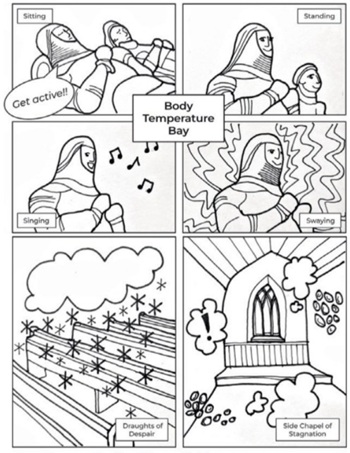


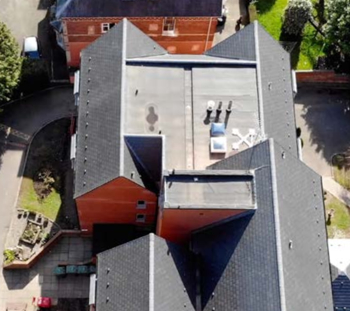
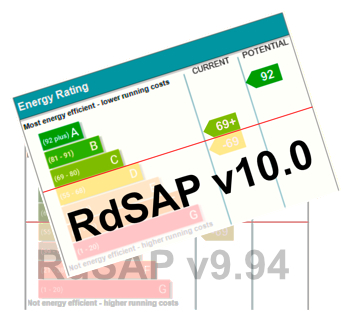

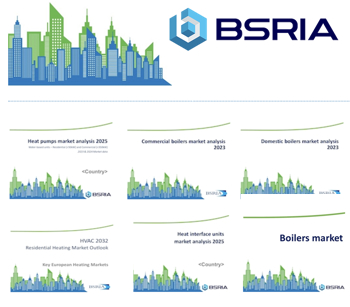
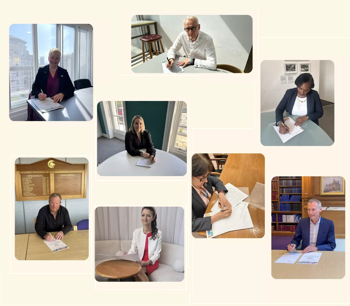
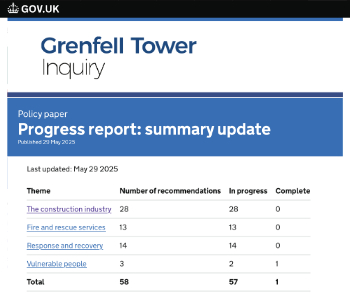

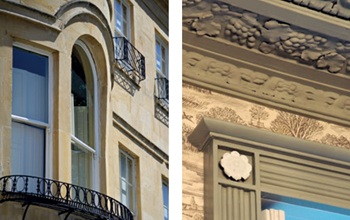

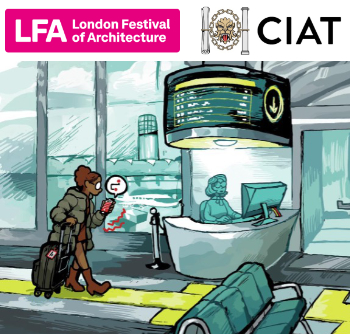
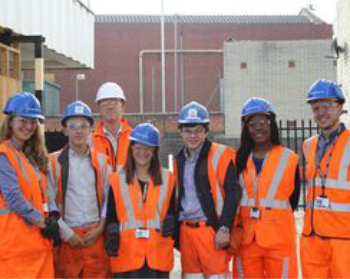
Comments